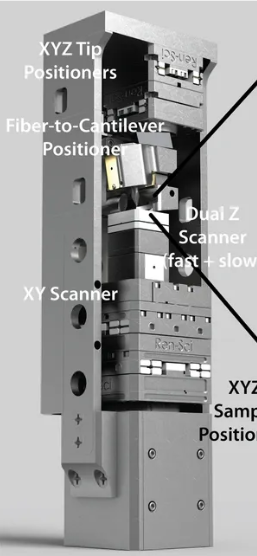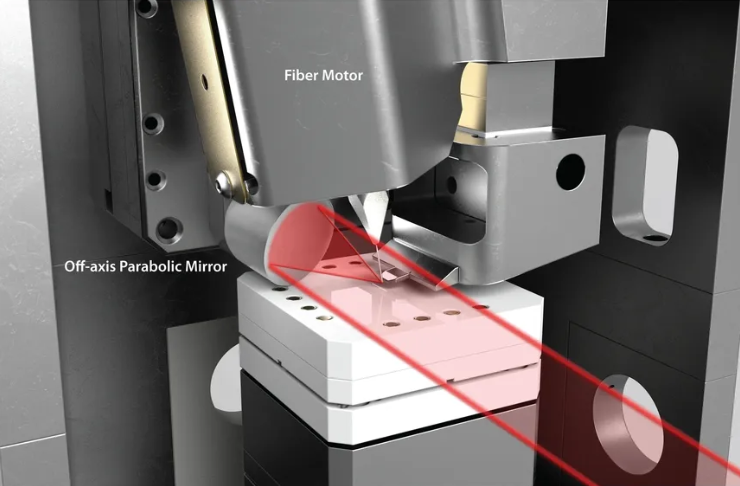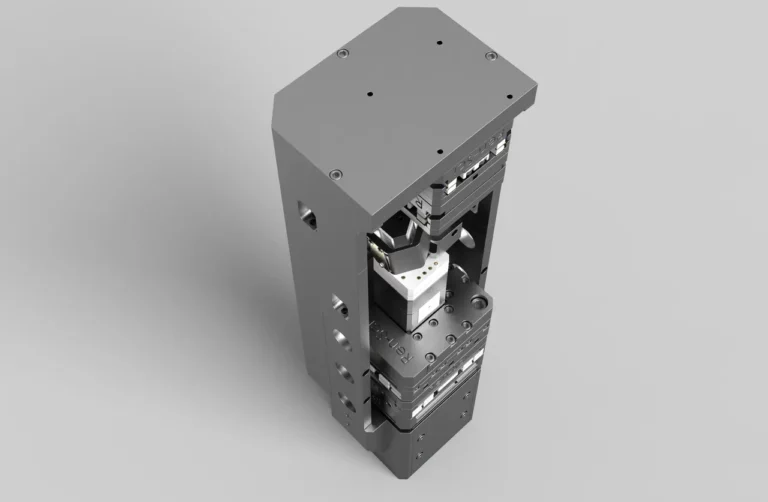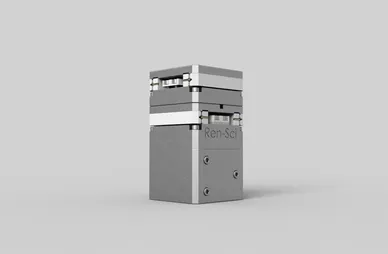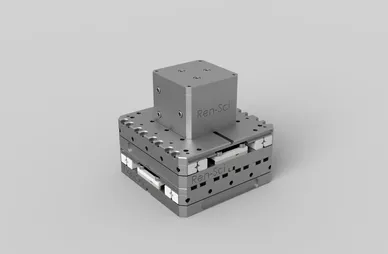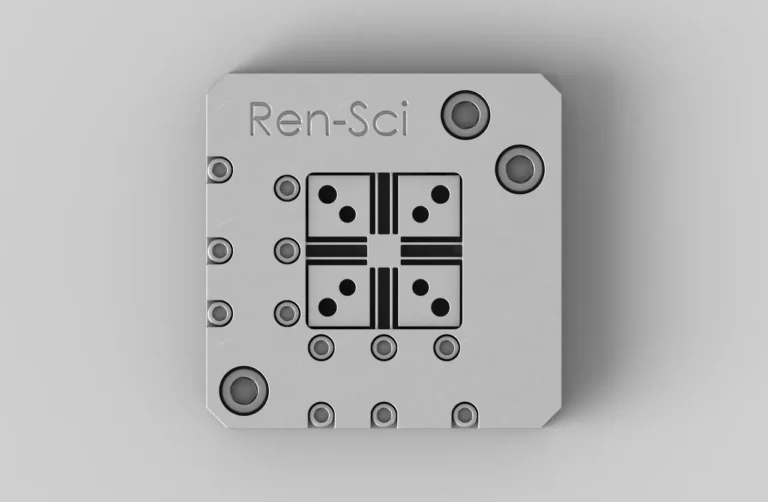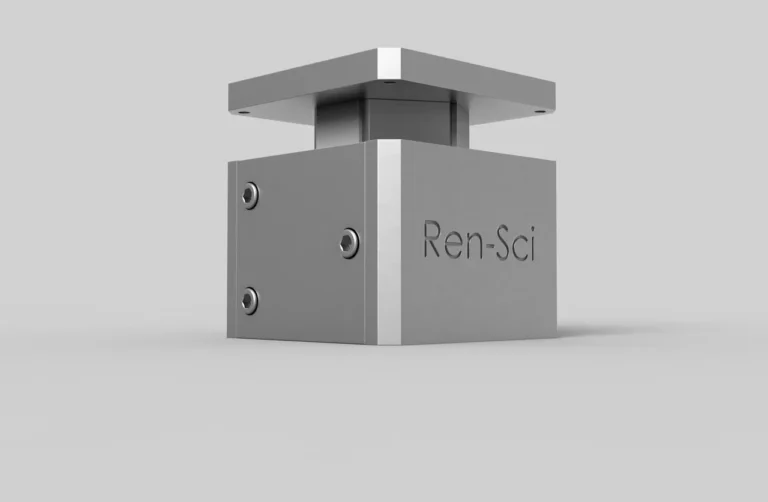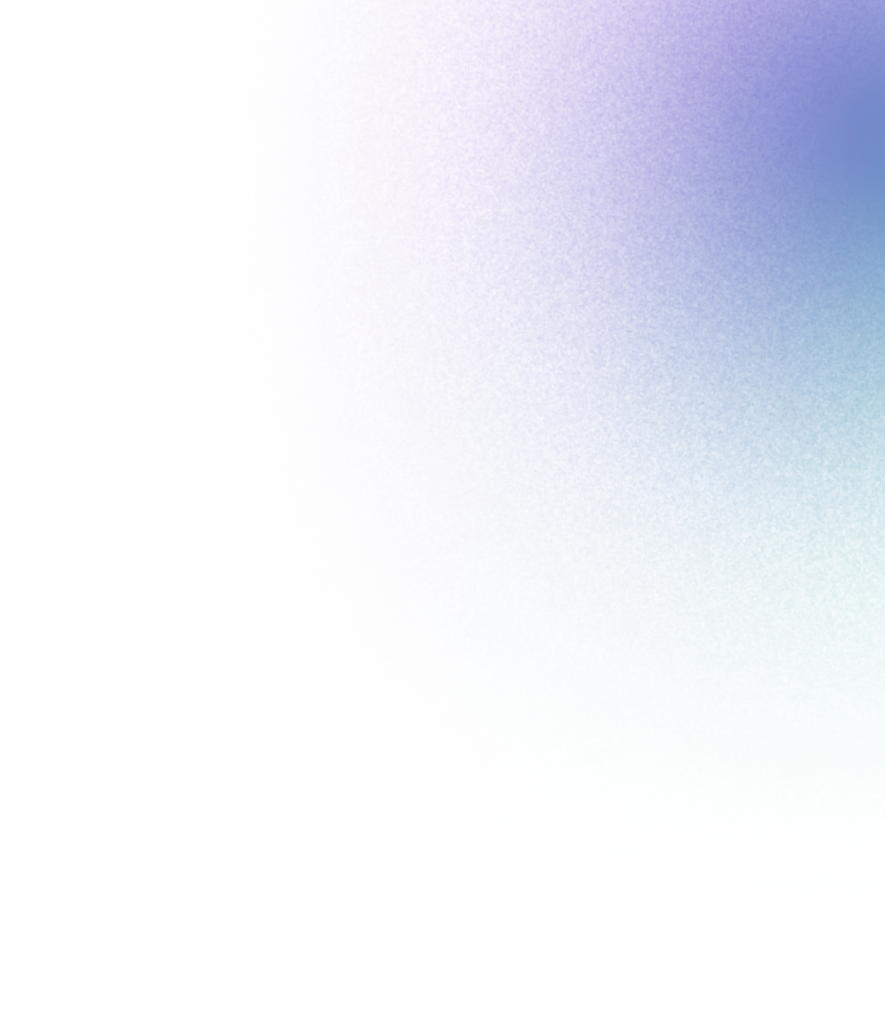
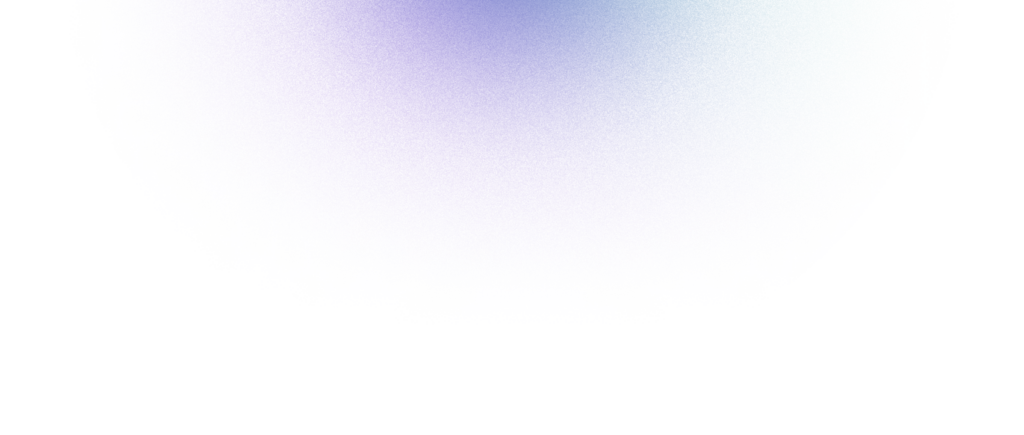

Cryogenics
Cryo IR Near-Field microscopy
Supplier :

- Ultra-low temperature compatibility.
- Turnkey system.
- Ultra low heat dissipation.
Ren-Sci provides researchers with a purpose built for cryo IR near-Field microscope.
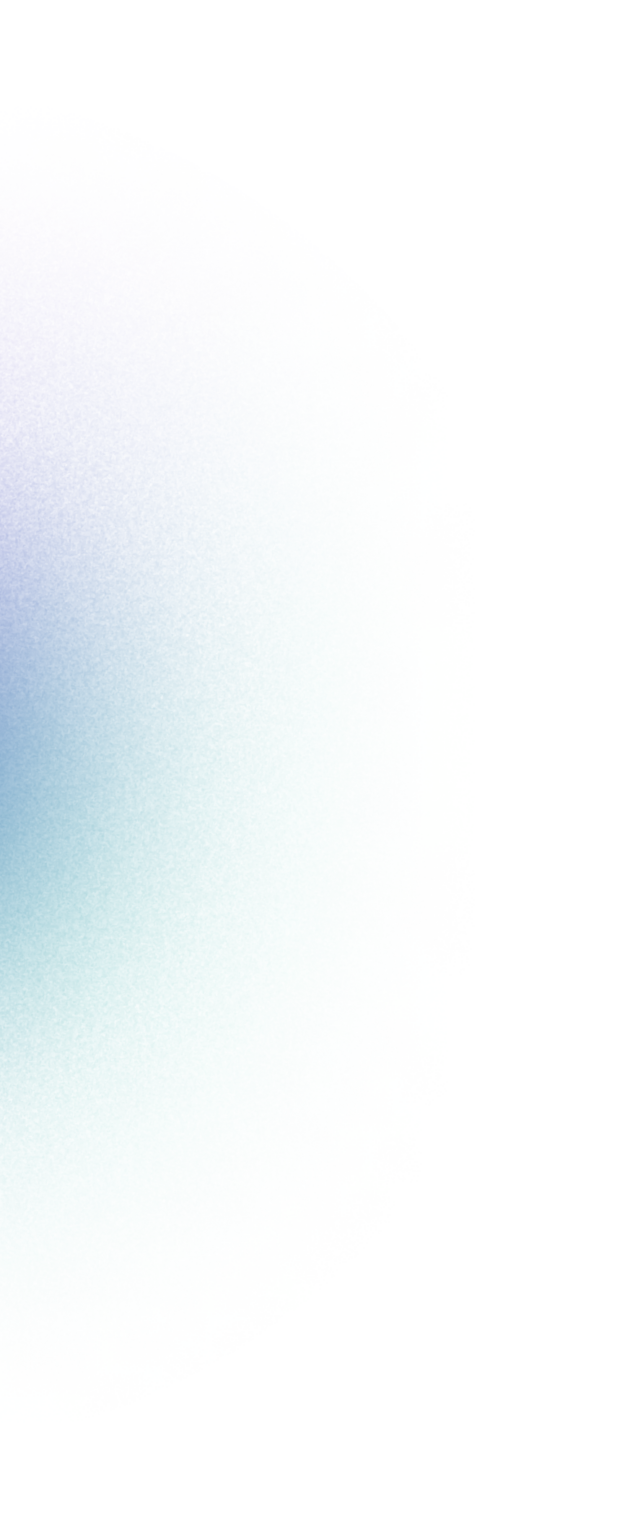

Our motors were carefully engineered with extreme attention to thermal contraction, capacitance losses in cryo, minimal friction at the bearing interfaces, and low current operation
ABOUT
SYSTEM FEATURES
Ultra low heat dissipation
Compare a typical leading vendor scenario, 60 V, 1 kHz, 5 uF, so the power pumped into that capacitor is CV^2/2 times frequency which is ~ 9W. The analogous situation for our motors is 200 V, 1 kHz, 5 nF, which is 0.1 W, so using 90x less energy to get the same motion (and thus 90x less heat dissipation).
Stop course motion with accuracy
Your sample surface is not disrupt by the SPM tip.
Multidirectional Repeatability: 8 to 150nm
Sensor resolution 2 to 20nm
Closed loop mode minimum incremental motion : 10 nm
Scan Range 300K : 40 μm
Scan Range 4K : 12 μm
Fit in your Table-top cryostat
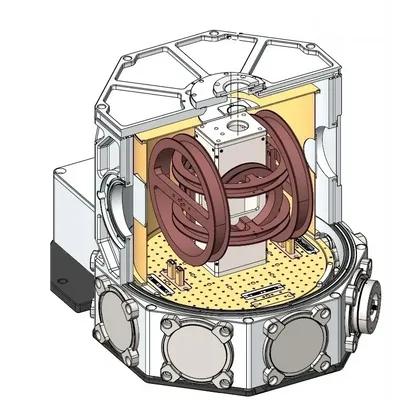
Compatible with many commercial cryostat suppliers.
Photo in a Four9 Design SideKick.
Four Nine Design – UHV Cryostat, Quantum Research
We can supply turnkey and fully tested systems.
PRODUCT
SPECIFICATIONS
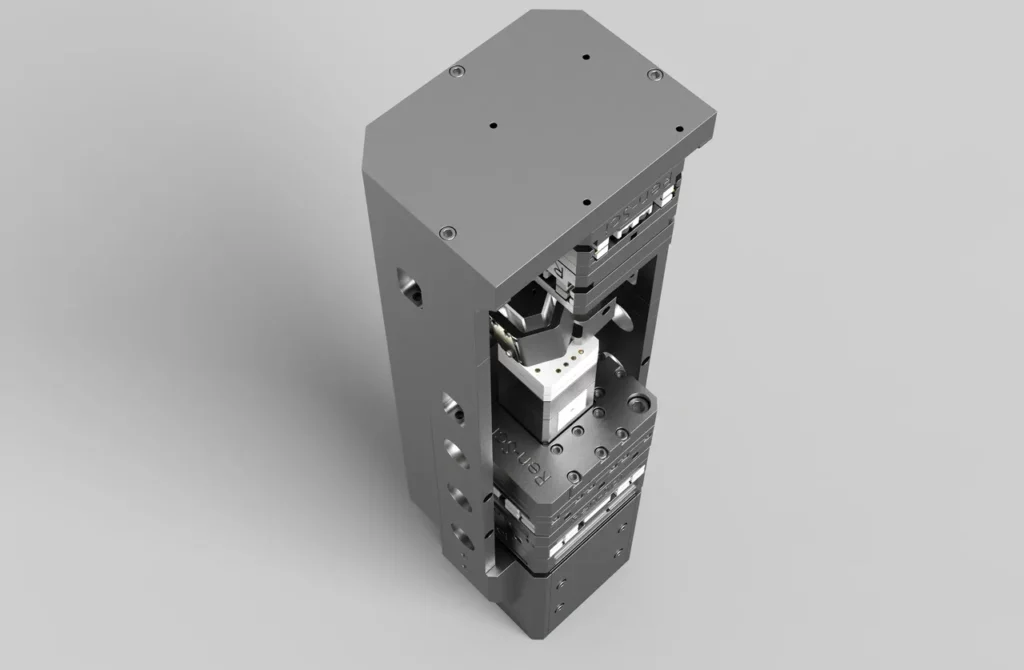
Cryo IR Near-Field microscopy
- Cantilever AFM
- 0.48 NA focus on tip
- Independent tip and sample temperature control
- Dual Z scanner (long range for offset control + short range high bandwidth for sharp sample features)
- 12 sample contacts
- Piezo motor controlling fiber to cantilever
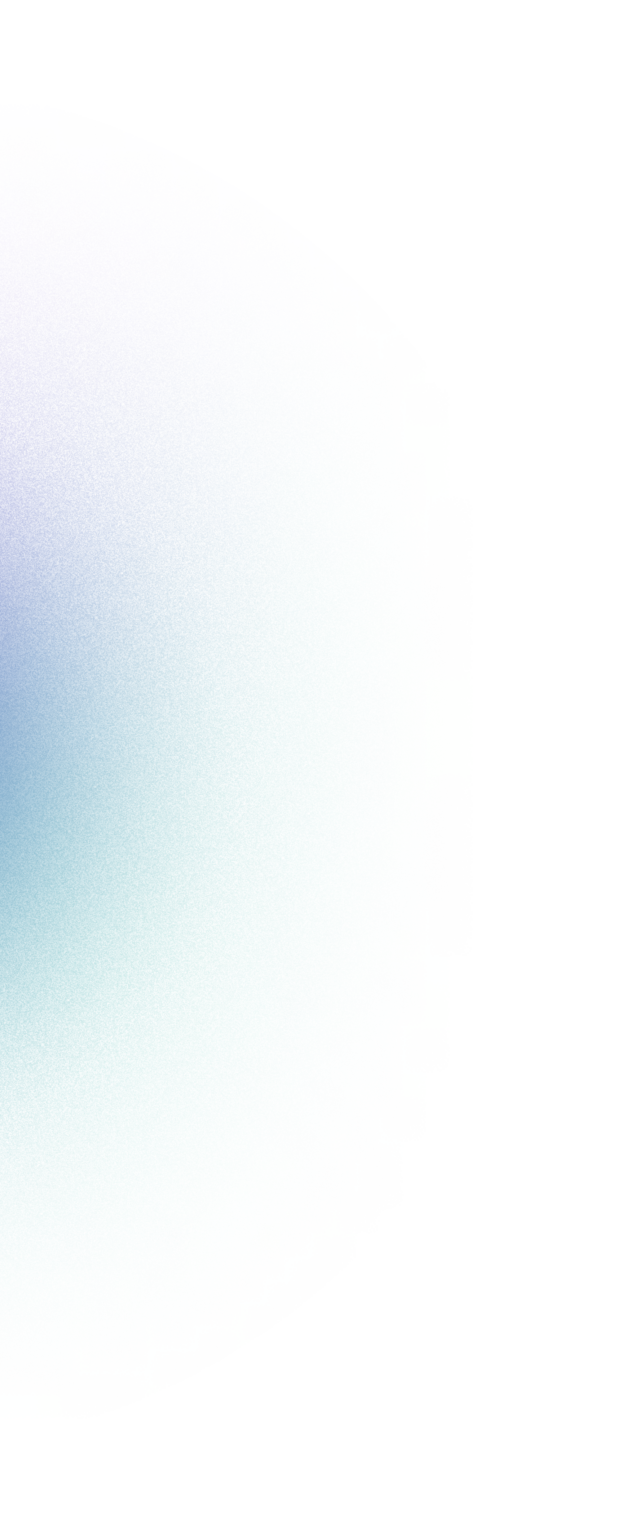

We rarely have the opportunity to distribute products that bring real new value to researchers and easily solve one of their persistent challenges.
Research applications have evolved towards ever-smaller objects, in ever-lower-temperature environments, while positioning tools have lagged behind.
Ryan has applied all his expertise to bridging this gap, and we are delighted that he has chosen us to spread the word locally.
Discovering and promoting manufacturers like Renaissance Scientific is at the core of what we want to do with Qnity.


